Throughout history, countless coordinate systems have been established to elevate certain people, events, and places to a ‘sacred' status, setting them apart from the mundane. In the annals of Tea history, Lu Yu is known as the “Tea Sage.”
If we were to select a sacred land for tea, there can be no doubt that it would be Mount Wuyi.
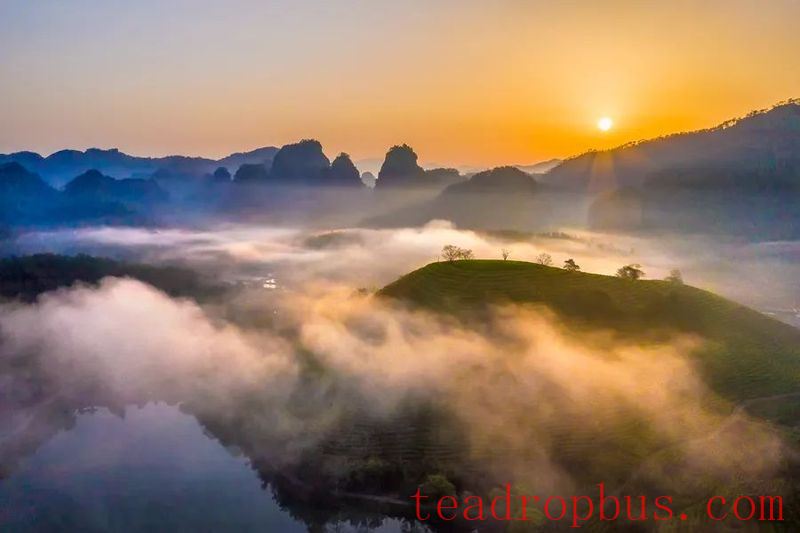
▲Thousand pines in majestic Mount Wuyi, time-honored mountains and waters, captured by Huang Hai
The Peak of Chinese Traditional Culture
Mount Wuyi, with its stunning landscapes and towering peaks, presents an auspicious red-purple hue, resembling morning clouds. Streams wind around the rocks, emerging as if naturally formed, and historical records state that “the spirit of mountains and rivers within the sea is most prominent here.” Since the Qin and Han dynasties, Mount Wuyi has been a place of retreat for Daoist adepts and hermits.
In the Song dynasty, schools of Neo-Confucianism flourished in the southeast, and scholars gathered at Mount Wuyi to teach and write. The elegant customs and refined atmosphere were extremely vibrant, with Zhu Xi being the most typical example. He established a school of learning, practiced his beliefs, and studied for 50 years, bringing Chinese traditional culture to new heights, as the saying goes, “Chinese ancient culture, represented by Mount Tai and Mount Wuyi.”

▲Wuyi Academy, known as the “grand spectacle of Wuyi,” where Zhu Xi wrote and taught (Image provided by Tuchong Creative)
The Benchmark for Color, Aroma, and Flavor of Wuyi tea
With its inclusive culture, broad-minded spirit, and the confluence of historical heritage and contemporary atmosphere, Mount Wuyi has achieved peak after peak in tea history. Legends of tea production in Mount Wuyi can be traced back to the Han dynasty, with historical records mentioning an offering of tea by an elder from Mount Wuyi. In the Tang dynasty, Sun Qiao playfully referred to Wuyi tea as “Evening Sweetness Prince.”
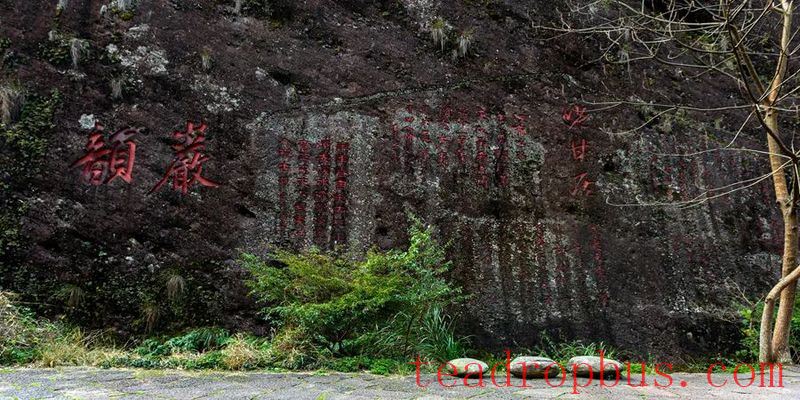
▲The “Evening Sweetness Prince” and “Rock Aroma” cliff carvings in the Nine Dragons Nest of Mount Wuyi (Photographed by Xiao Wenfeng)
The Northern Imperial Gardens' tribute teas reached their zenith during the Song dynasty, with Mount Wuyi playing a key role. It then took over in the Yuan dynasty, achieving glory in the production of imperial tea.
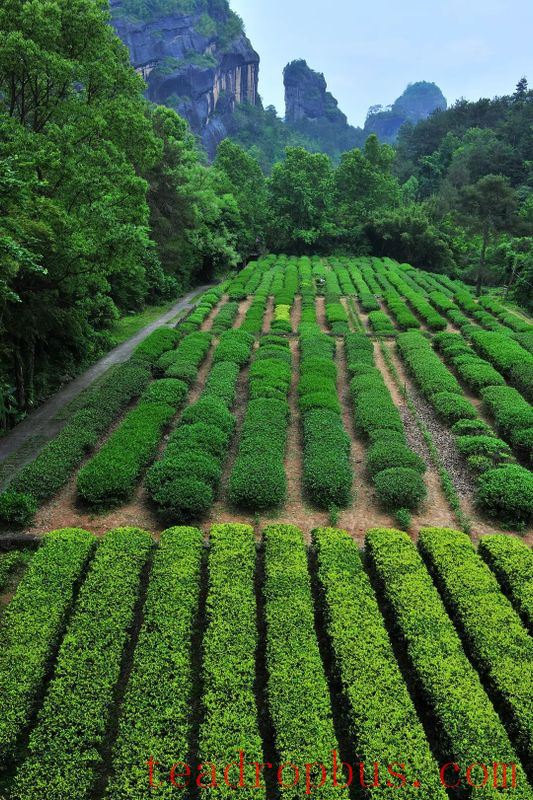
▲The Imperial Tea Garden of Mount Wuyi (Photographed by Liu Dayou)
“All skilled crafts reach their pinnacle, and those who achieve the pinnacle are called sages.”
For centuries, the vast variety and superior quality of tea cultivars developed by the ancestors of Wuyi are unparalleled. Tea-making techniques reached their peak, creating the first oolong and black teas in history, offering “the ultimate taste of humanity.”
For a considerable period, the tea industries of other provinces uniformly used the color, aroma, and flavor of Wuyi tea as benchmarks, even to the point of passing off their own teas as Wuyi tea, leading authorities to erect a stone tablet as a warning.
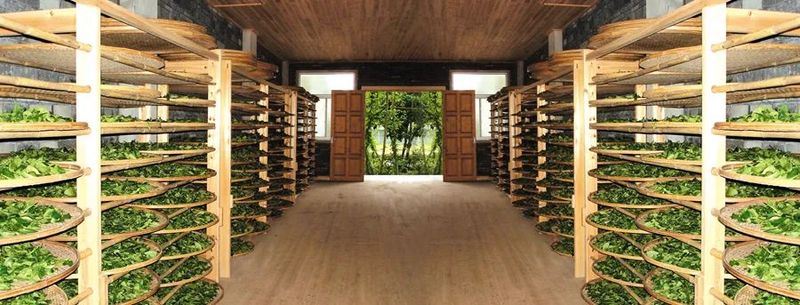
▲The process of airing green leaves in Wuyi Rock Tea production (Image provided by Great Strait Picture Library)
The Starting Point of the Maritime Tea Route and the Thousand-Mile Tea Road
“Greatness is the fullness and brilliance of virtue, and transforming greatness into sanctity is the way of the sage.” The winding Nine-Bend Stream is undoubtedly the key to opening up the world of tea.

▲The Nine-Bend Stream meanders through Mount Wuyi (Photographed by Chen Qihui)
The tea, tea-making techniques, and Tea culture of Mount Wuyi continuously flowed out, spreading across the globe, almost beyond description. Black Tea, which originated in Mount Wuyi, spread from China to the rest of the world and is now the largest-selling tea on international markets.
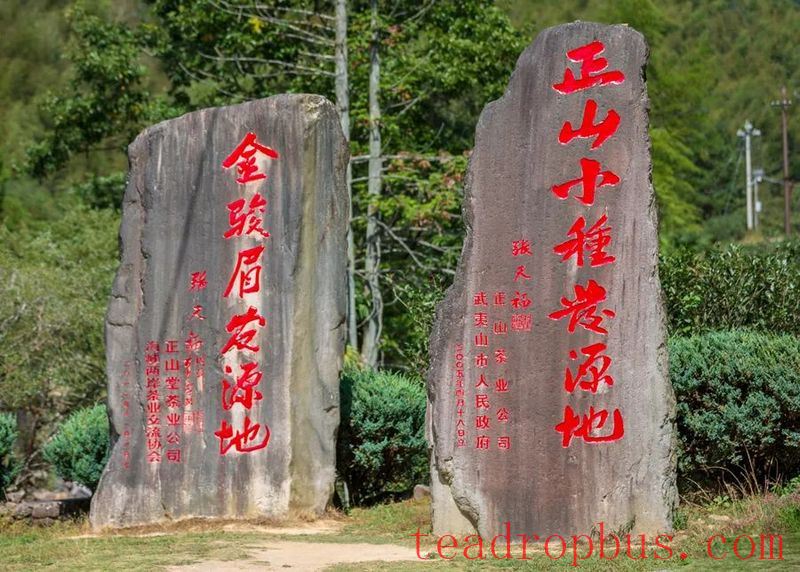
▲The birthplace of “Lapsang Souchong,” the progenitor of black tea, and “Golden Monkey,” the pinnacle of black teas, both in Mount Wuyi (Photographed by Xiao Wenfeng)
The first Chinese tea to reach Europe was Wuyi tea, and the first identified tea component was named “Wuyi Acid.” Many places in the world source their tea varieties from Mount Wuyi, and many events involve Wuyi tea. Wuyi tea was also the subject of praise by foreign writers such as Shelley, Byron, and Mayakovsky, who built their “Impression of China” around it.
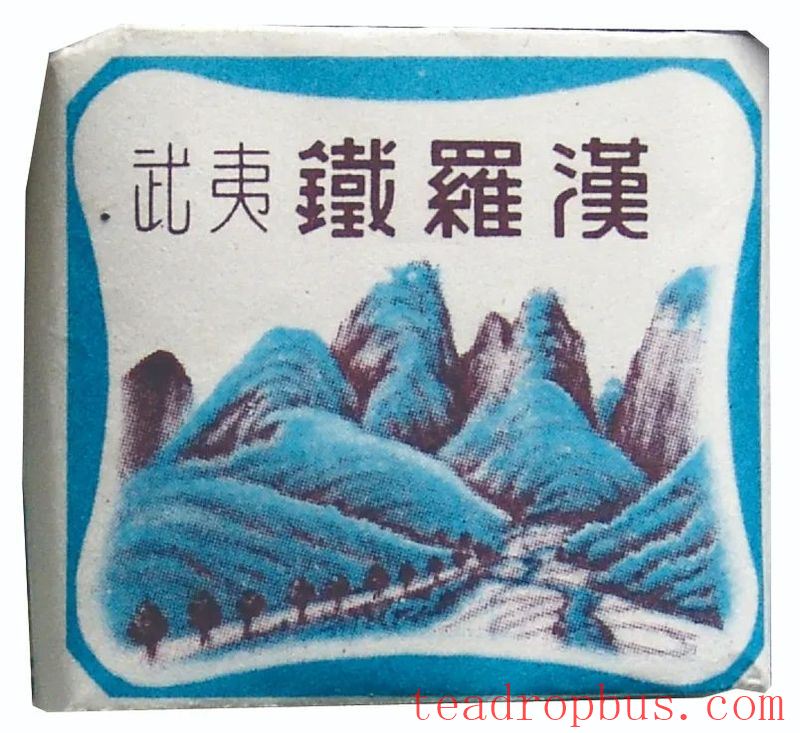
▲Old Wuyi Rock Tea product “Iron Arhat” (Image provided by Jin She)
Before the Opium Wars, the two main channels for exporting Chinese tea were: one, the maritime tea route through the Guangzhou port to Europe and America; and the other, the Thousand-Mile Tea Road through the Kyakhta port to Russia. Both of these tea routes, which had a significant impact on world history, started from Mount Wuyi.
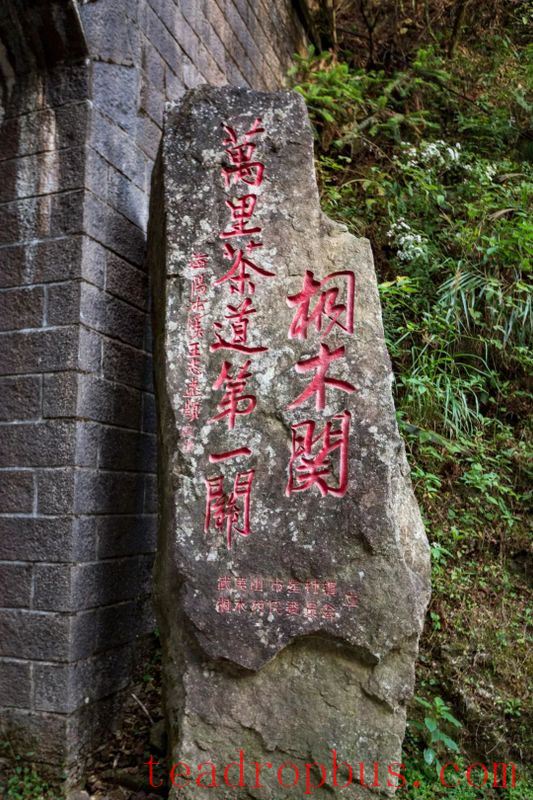
▲The first checkpoint of the Thousand-Mile Tea Road – Tongmu Pass (Photographed by Xiao Wenfeng)
The Convergence of Capital
Since the Ming and Qing dynasties, Mount Wuyi has been a convergence point for tea cultivation, tea-making techniques, and various capital sources, attracting tea merchants from all directions like stars circling the moon. Shanxi merchants traveled long distances south to Mount Wuyi to buy tea mountains and establish tea estates, while tea buyers from southern Fujian, Chaozhou-Shantou, and Guangzhou sold Wuyi tea to Southeast Asia and beyond.
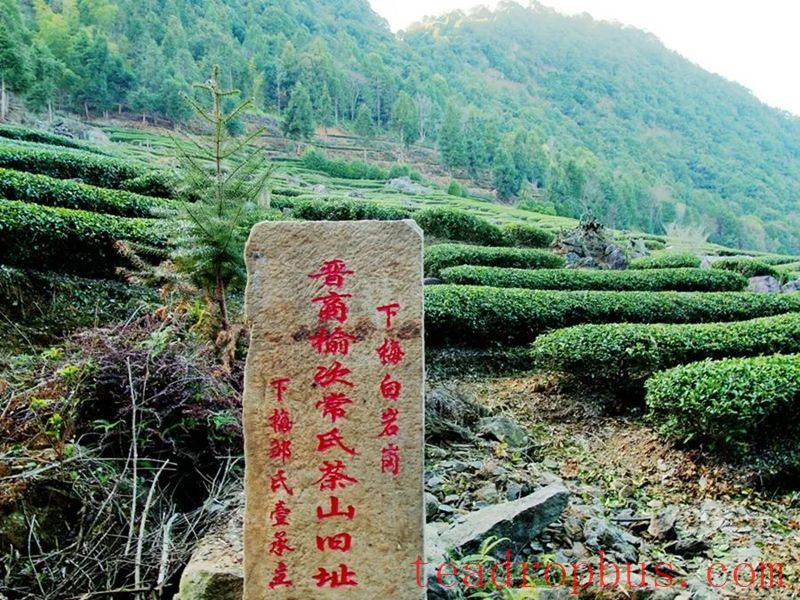
▲The old site of the Jinshang Yuci Chang's tea mountain in Baigang Village, Xiaomei (Image provided by Jin She)
The sacred land of Wuyi provided a continuous supply of products for the largest foreign trade export, giving rise to a number of towns along the tea road, driving local industries. The tea road was like a river loaded with elements of civilization, flowing tenaciously through different races and cultures, sparking epic moments. The history of Wuyi tea is a testament to the best of Chinese cultural confidence. Mount Wuyi holds a unique significance in the world of tea.
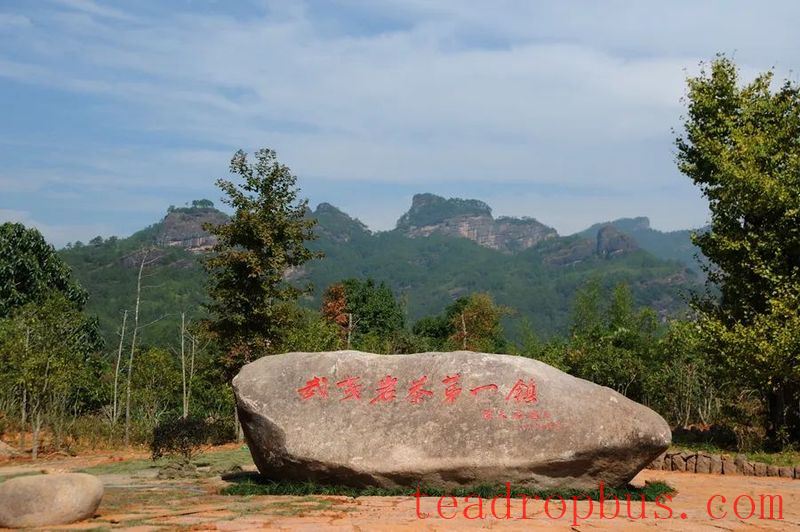
▲Xingcun Town in Wuyishan City, known as the “First Town of Wuyi Rock Tea” (Photographed by Xia R